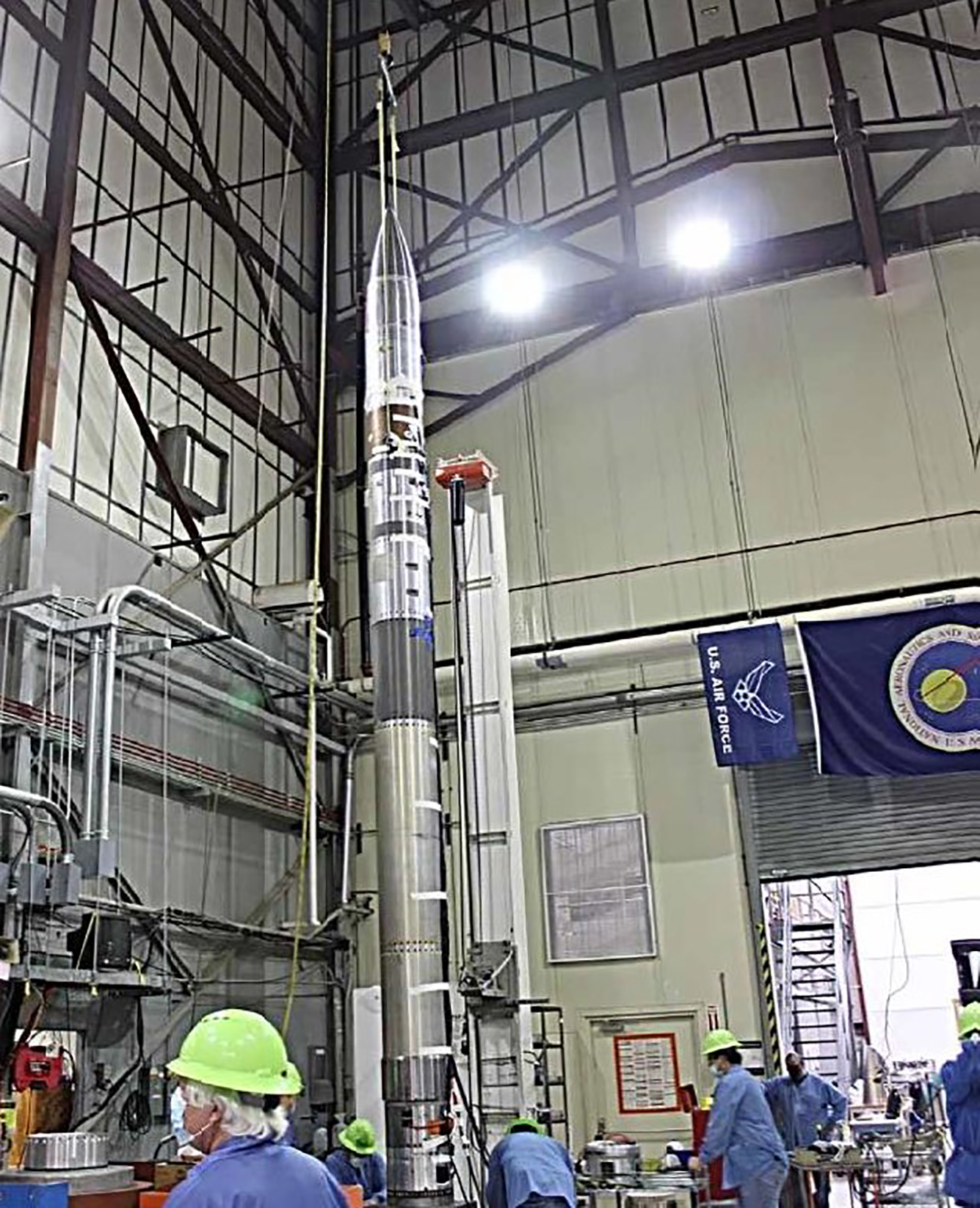UPDATE March 9, 2022: The HERSCHEL mission launched on March 9, 2022 at 11:25 a.m. MST (1:25 p.m. EST) from the White Sands Missile Range in New Mexico. The payload reached an altitude of 187.7 miles before descending via parachute. All subsystems performed normally and data was successfully transmitted to the ground.
UPDATE March 8, 2022: The HERSCHEL launch has been postponed to Wednesday, March 9. The mission was unable to launch March 7 due to high winds.
The Sun’s atmosphere, or corona, is beaming with activity. Solar flares and coronal mass injections send high-energy particles out into space and the corona constantly releases particles known as the solar wind.
Just as winds on Earth vary, the solar winds departing the Sun travel at different velocities – from a mere 700,000 mph, called slow solar winds, to the fast winds travelling up to 1.7 million mph.
Solar winds interacting with the Earth’s atmosphere may interfere with communications, GPS signals, and electrical energy grids.
Beginning March 7, NASA will be ready to launch an experiment called HERSCHEL, or HElium Resonance Scatter in the Corona and HELiosphere. HERSCHEL will study the origin of the slow solar wind, investigate the variation of helium abundance in the corona, and facilitate future investigation of coronal mass ejections and other solar dynamics. Dr. Samuel Tun, from the Naval Research Lab, is the principal investigator.
The investigation pays tribute John Herschel, whose observation of Halley’s comet’s tail led him to hypothesize the presence of a “repulsive force” known today as the solar wind.
HERSCHEL will fly on a NASA Black Brant IX suborbital sounding rocket. The launch is scheduled for 1 p.m. EST (11 a.m. MST) from the White Sands Missile Range in New Mexico.
Keith Koehler
NASA’s Wallops Flight Facility



























